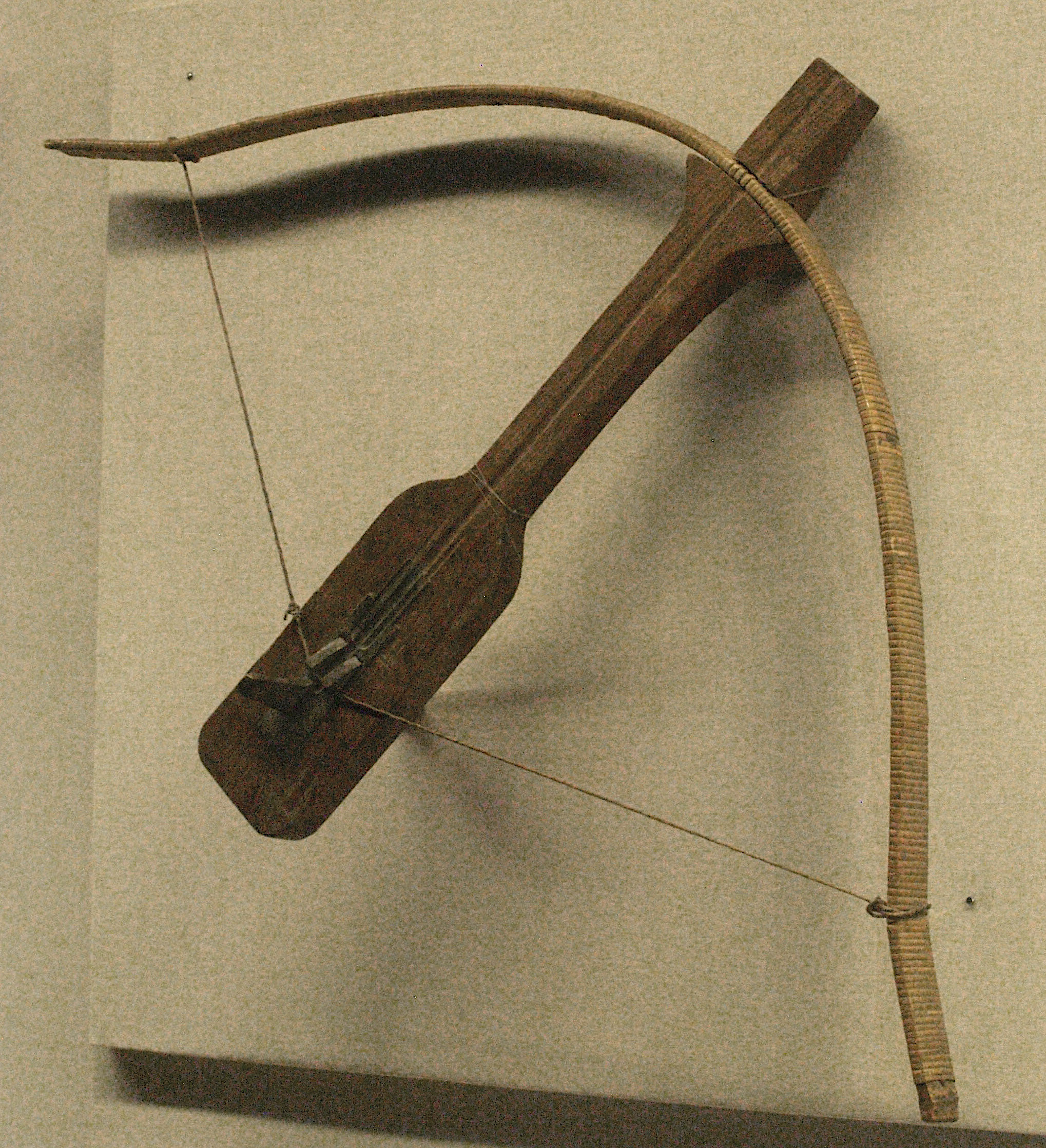Overview
Introduction to Ancient China
Ancient China, with its rich history dating back thousands of years, has made significant contributions to the technological world. The inventions and advancements made by the ancient Chinese civilization have had a profound impact on various aspects of modern technology. From agriculture to science, medicine, engineering, and architecture, the innovative spirit of ancient China has left an indelible mark on the world. This article explores some of the revolutionary inventions that emerged from ancient China and their lasting legacy in shaping the technological landscape we see today.
Technological Advancements in Ancient China
Ancient China was a hotbed of technological advancements that laid the foundation for many of the inventions we rely on today. From agriculture to science and medicine, and engineering and architecture, the ancient Chinese made groundbreaking discoveries that revolutionized their society and had a lasting impact on the technological world. These advancements not only improved the quality of life for the people of ancient China but also paved the way for future innovations and developments. One of the key technological advancements in ancient China was the development of advanced agricultural techniques, which allowed for increased food production and sustained population growth. The invention of the plow, irrigation systems, and crop rotation techniques greatly enhanced agricultural productivity and efficiency. This enabled the ancient Chinese to cultivate larger areas of land and produce surplus crops, which in turn supported the growth of their civilization. Another significant technological advancement was the invention of papermaking, which revolutionized the way information was recorded and disseminated. The ancient Chinese developed a method of making paper from plant fibers, providing a more convenient and efficient alternative to traditional writing materials such as bamboo and silk. This innovation had a profound impact on communication, education, and the spread of knowledge. Additionally, the ancient Chinese were pioneers in the field of engineering and architecture. They invented gunpowder, which not only revolutionized warfare but also had far-reaching implications for various industries, including mining, fireworks, and eventually, the development of firearms. The construction of monumental structures like the Great Wall of China and the Grand Canal showcased the ancient Chinese’s engineering prowess and their ability to undertake massive infrastructure projects. These architectural marvels not only served practical purposes but also symbolized the power and grandeur of the ancient Chinese civilization. The technological advancements of ancient China continue to shape the world we live in today. The legacy of these inventions can be seen in various aspects of modern technology, from the use of paper and compasses to the principles of crop rotation and irrigation. The ancient Chinese’s relentless pursuit of knowledge and innovation serves as a reminder of the importance of preserving ancient wisdom and the continued influence it can have on future generations. In a rapidly evolving technological landscape, understanding the origins and contributions of ancient civilizations like China is crucial for appreciating the progress we have made and the potential for future advancements.
Impact on Modern Technology
Ancient China’s technological advancements have had a profound impact on modern technology. The inventions and innovations developed during this time continue to shape various industries and contribute to the progress of society. One of the key implications of academic protectionism is the preservation and dissemination of ancient knowledge. By protecting and valuing the intellectual property of ancient Chinese inventions, we ensure that their contributions are recognized and appreciated. This not only allows us to understand the rich history of technological development but also provides a foundation for further advancements. Moreover, the influence of ancient Chinese inventions extends beyond their original purpose. For example, the invention of gunpowder, which was initially used for military purposes, has paved the way for advancements in fireworks, pyrotechnics, and even modern weaponry. The implications of academic protectionism also include the preservation of cultural heritage and the promotion of cross-cultural exchange. By acknowledging and studying ancient Chinese inventions, we gain insights into their culture, values, and way of life. This fosters a greater appreciation and understanding of diversity, leading to a more interconnected and inclusive world. Overall, the impact of ancient Chinese technological advancements on modern technology is undeniable, and it is essential to preserve and honor this legacy for future generations.
Inventions in Agriculture

The Plow
The plow was one of the most significant inventions in ancient China, revolutionizing agriculture and leading to increased food production. It was a simple yet ingenious device that allowed farmers to efficiently till the soil, making it easier to plant and cultivate crops. The plow consisted of a wooden frame with a sharp metal blade attached to it, which was pulled by animals such as oxen or horses. This innovation greatly improved the efficiency of farming, enabling farmers to cultivate larger areas of land in less time. With the introduction of the plow, ancient Chinese farmers were able to produce surplus food, which not only supported the growing population but also facilitated trade and economic development. The plow laid the foundation for modern agricultural practices and remains an essential tool in farming today.
Irrigation Systems
Irrigation systems were one of the revolutionary inventions in ancient China that greatly contributed to the advancement of agriculture. These systems allowed for the controlled supply of water to crops, ensuring their proper growth and development. The irrigation systems in ancient China were sophisticated and efficient, utilizing various techniques such as canals, ditches, and reservoirs. Farmers were able to divert water from nearby rivers and distribute it evenly across their fields, maximizing crop yields and reducing the risk of drought. The introduction of irrigation systems not only increased agricultural productivity but also supported the growth of larger communities and civilizations. With a steady and reliable water supply, farmers could cultivate more land, leading to surplus food production and economic prosperity. The impact of irrigation systems on ancient China’s financial results cannot be understated, as it played a crucial role in the development of a stable and prosperous society.
Crop Rotation
Crop rotation is an innovative agricultural technique that was first developed in ancient China. This practice involves systematically changing the type of crops grown in a particular field from season to season. By rotating crops, farmers were able to maintain soil fertility, prevent the buildup of pests and diseases, and improve overall crop yield. The concept of crop rotation was a revolutionary breakthrough in agriculture, as it allowed for sustainable farming practices and ensured the long-term productivity of the land. Ancient Chinese farmers recognized the importance of maintaining soil health and implemented crop rotation as a means to achieve this. They understood that different crops have varying nutrient requirements and by alternating crops, they could replenish the soil with the necessary nutrients. This sophisticated farming technique not only enhanced agricultural productivity but also had a profound impact on the development of modern farming practices. Today, crop rotation is widely practiced around the world and is considered a fundamental principle of sustainable agriculture.
Inventions in Science and Medicine

Papermaking
Papermaking is one of the most significant inventions to come out of ancient China. The innovation of paper revolutionized the way information was recorded and disseminated, laying the foundation for the spread of knowledge and the advancement of civilization. Prior to paper, writing materials were scarce and expensive, making it difficult for the masses to access education and information. The invention of paper made it affordable and accessible for people from all walks of life to record their thoughts and ideas. This breakthrough in technology not only facilitated the preservation of historical records but also sparked a renaissance of literature, art, and scholarship. The impact of papermaking on the world cannot be overstated, as it paved the way for the development of printing, the spread of literacy, and the democratization of knowledge. In a world where information is now at our fingertips, it is important to recognize and appreciate the ingenuity of ancient Chinese inventors who laid the groundwork for the technological advancements we enjoy today.
Compass
The compass is one of the most significant inventions of ancient China. It revolutionized navigation and had a profound impact on exploration, trade, and warfare. The compass, also known as the magnetic needle, allowed sailors to determine their direction accurately, even when the stars and landmarks were not visible. This innovation was crucial for the success of the Mongol Empire in promoting trade and expanding their influence. With the compass, sailors could venture into unknown territories, navigate through treacherous waters, and establish new trade routes. The compass played a vital role in the exploration of the world and the spread of knowledge and ideas. It enabled the exchange of goods, technologies, and cultures between different regions, contributing to the advancement of civilizations. The compass is a testament to the ingenuity and inventiveness of ancient China, and its impact on the technological world cannot be overstated.
Acupuncture
Acupuncture is a traditional Chinese medical practice that dates back thousands of years. It involves the insertion of thin needles into specific points on the body to stimulate and balance the flow of energy, known as qi. Acupuncture was developed based on the belief that imbalances in qi can lead to various health issues. This ancient technique has been used for pain relief, stress reduction, and promoting overall well-being. In recent years, acupuncture has gained popularity in the Western world as a complementary therapy for various conditions, including chronic pain, anxiety, and fertility issues. The effectiveness of acupuncture has been supported by scientific studies, which have shown that it can stimulate the release of endorphins, reduce inflammation, and improve circulation. Drugmakers to compensate 23andMe with millions to obtain consumer information. The practice of acupuncture continues to evolve, with modern techniques such as electroacupuncture and laser acupuncture being developed. As more research is conducted, acupuncture is expected to play a significant role in integrative medicine and contribute to the advancement of healthcare.
Inventions in Engineering and Architecture

Gunpowder
Gunpowder, also known as black powder, is one of the most significant inventions in ancient China. It was invented during the Tang Dynasty and revolutionized warfare, fireworks, and later, the development of firearms. Gunpowder is a mixture of sulfur, charcoal, and potassium nitrate, which creates a highly explosive substance. Its discovery and use in military applications allowed the Chinese to gain a significant advantage in warfare, as they were able to develop powerful weapons such as cannons and rockets. The invention of gunpowder also had a profound impact on the field of engineering, as it was used in the construction of mines and tunnels. Additionally, gunpowder played a crucial role in the development of fireworks, which are still enjoyed today during celebrations and festivals around the world. The invention of gunpowder in ancient China is a testament to the innovative spirit and technological prowess of the ancient Chinese civilization.
The Great Wall of China
The Great Wall of China is one of the most iconic and monumental engineering achievements in history. Built over centuries, it stretches for thousands of miles across the Chinese landscape, serving as a formidable barrier against invasions. Constructed using advanced engineering techniques and employing a massive workforce, the wall is a testament to the ingenuity and resourcefulness of ancient Chinese civilization. It consists of various sections, each with its own unique features and purpose. The wall incorporates defensive structures such as watchtowers, battlements, and fortresses, which provided strategic advantages for the Chinese military. Moreover, it served as a symbol of national unity and cultural identity. The Great Wall of China continues to captivate the world with its grandeur and serves as a reminder of the remarkable engineering prowess of ancient China.
The Grand Canal
The Grand Canal, also known as the Beijing-Hangzhou Grand Canal, is a man-made waterway that stretches over 1,100 miles in length. It was constructed during the Sui Dynasty (581-618 AD) and remains the longest canal or artificial river in the world. The canal served as a vital transportation route, connecting the Yellow River and the Yangtze River, and played a significant role in the economic and cultural development of Ancient China. The construction of the Grand Canal facilitated the efficient transportation of goods, such as rice and silk, between the north and south regions of China. It also promoted the exchange of ideas, technologies, and cultural practices between different regions. Today, the Grand Canal continues to be an important waterway for shipping and tourism, attracting visitors from around the world.
Conclusion

Legacy of Ancient Chinese Inventions
Ancient China’s rich history of technological advancements has left a lasting legacy on the world. The inventions and discoveries made by ancient Chinese scholars and inventors have greatly influenced the development of various fields, including agriculture, science, medicine, engineering, and architecture. These innovations not only revolutionized ancient Chinese society but also had a profound impact on the technological progress of civilizations around the globe. One remarkable aspect of ancient Chinese inventions is their continued relevance and influence on modern technology. From the plow and irrigation systems that revolutionized agriculture to the compass and papermaking that transformed navigation and communication, ancient Chinese inventions laid the foundation for many of the technological marvels we enjoy today. The Great Wall of China and the Grand Canal are testaments to the engineering and architectural prowess of ancient Chinese civilization. These monumental structures not only served practical purposes but also symbolized the power and greatness of the Chinese empire. The legacy of ancient Chinese inventions extends beyond their immediate impact. The knowledge and techniques developed by ancient Chinese scholars have been passed down through generations, contributing to the medical progress in the Middle Ages and shaping the world we live in today. Preserving and studying ancient Chinese knowledge is of utmost importance as it allows us to appreciate the ingenuity and wisdom of our ancestors and provides valuable insights for future technological advancements.
Continued Influence on Technology
Ancient Chinese inventions continue to have a profound impact on modern technology. One example of this is the development of gunpowder, which revolutionized warfare and led to the creation of powerful weapons. The invention of gunpowder by the Chinese during the Tang Dynasty not only changed the way wars were fought but also had a significant influence on the development of fireworks, signaling devices, and even early forms of rockets. Another remarkable invention that continues to shape technology today is the Great Wall of China. Originally built as a defensive structure to protect against invasions, the Great Wall is now recognized as a marvel of engineering and a symbol of Chinese civilization. Its construction techniques, such as the use of rammed earth and brick, have been studied and emulated in modern architectural practices. Additionally, the Grand Canal is another ancient Chinese engineering marvel that still impacts transportation and irrigation systems. Built over centuries, the Grand Canal connected major rivers and facilitated the transportation of goods and people across vast distances. Today, it remains an important waterway for shipping and irrigation in China. The continued influence of these ancient Chinese inventions demonstrates the long-lasting impact of their technological advancements.
Importance of Preserving Ancient Knowledge
Preserving ancient knowledge is crucial for understanding the roots of modern technology and appreciating the ingenuity of ancient civilizations. DPM Heng Swee Keat’s participation in the preservation of ancient Chinese knowledge highlights the significance of this endeavor. By studying and preserving ancient Chinese inventions, we gain insights into the innovative thinking and problem-solving abilities of our ancestors. This knowledge serves as a foundation for further advancements and inspires new ideas. Moreover, it allows us to trace the evolution of technology and understand how ancient civilizations shaped the world we live in today. The preservation of ancient knowledge also fosters cultural appreciation and promotes cross-cultural understanding. It helps us recognize the contributions of different civilizations and encourages collaboration and exchange of ideas. By valuing and protecting ancient knowledge, we ensure that future generations can continue to learn from the past and build upon the achievements of those who came before us.
Avid Writer with invaluable knowledge of Humanity!
Upcoming historian with over 30 million views online.
“You make your own life.”





